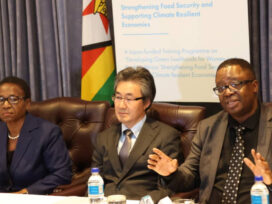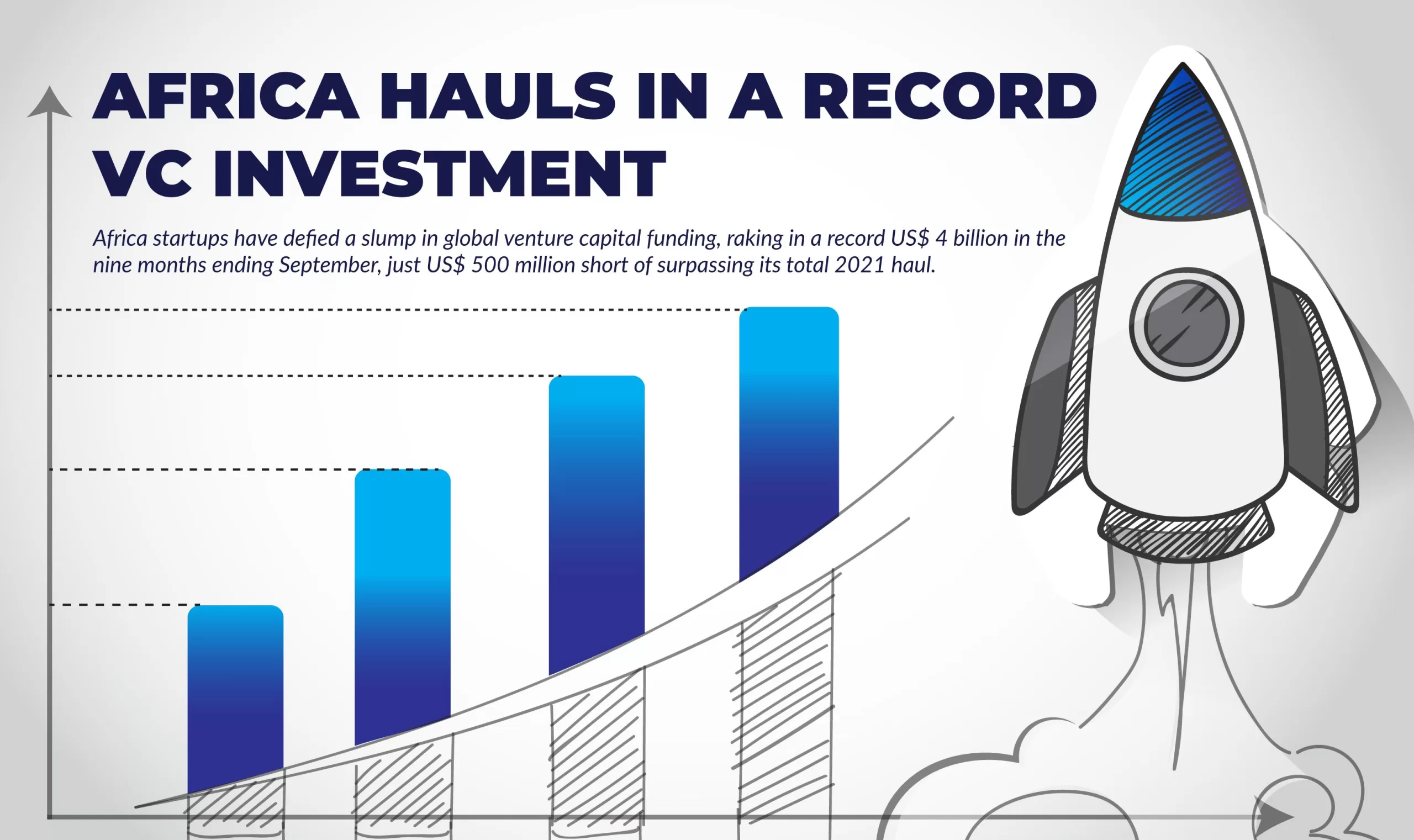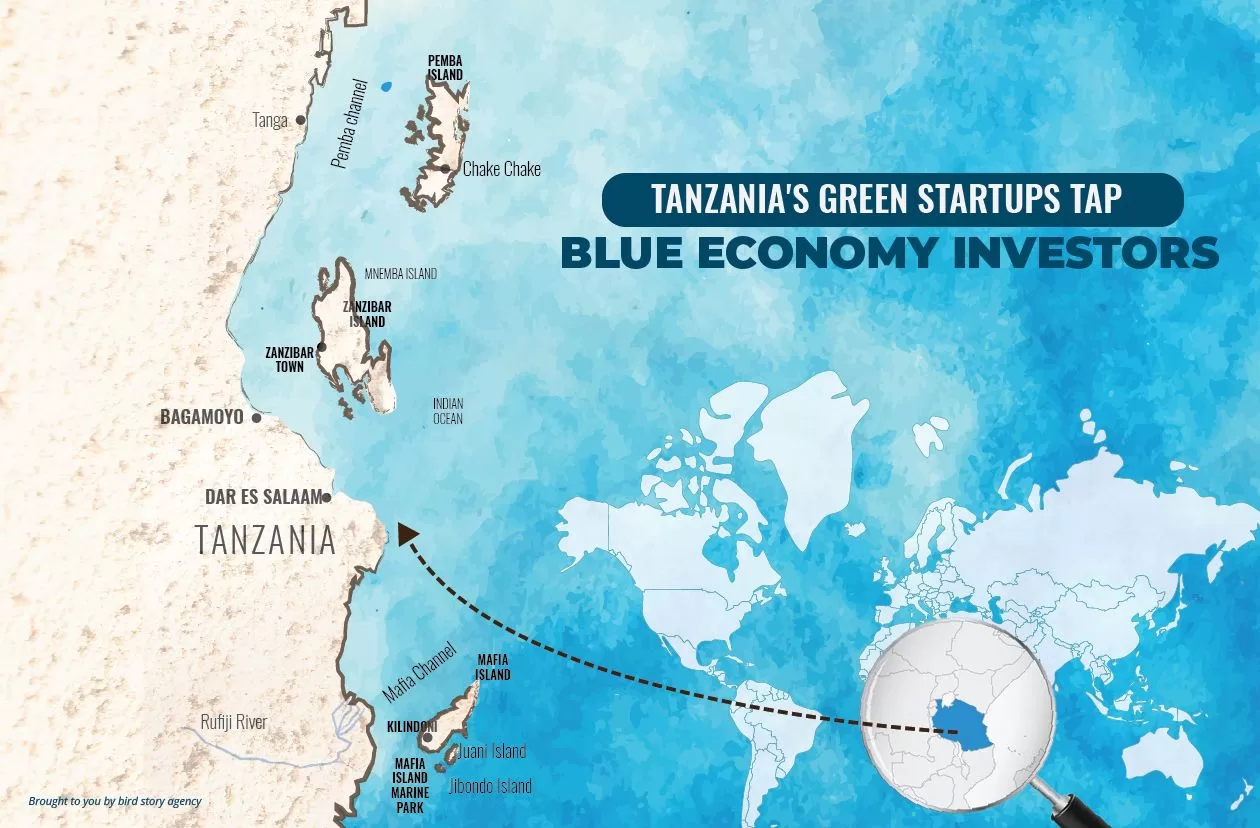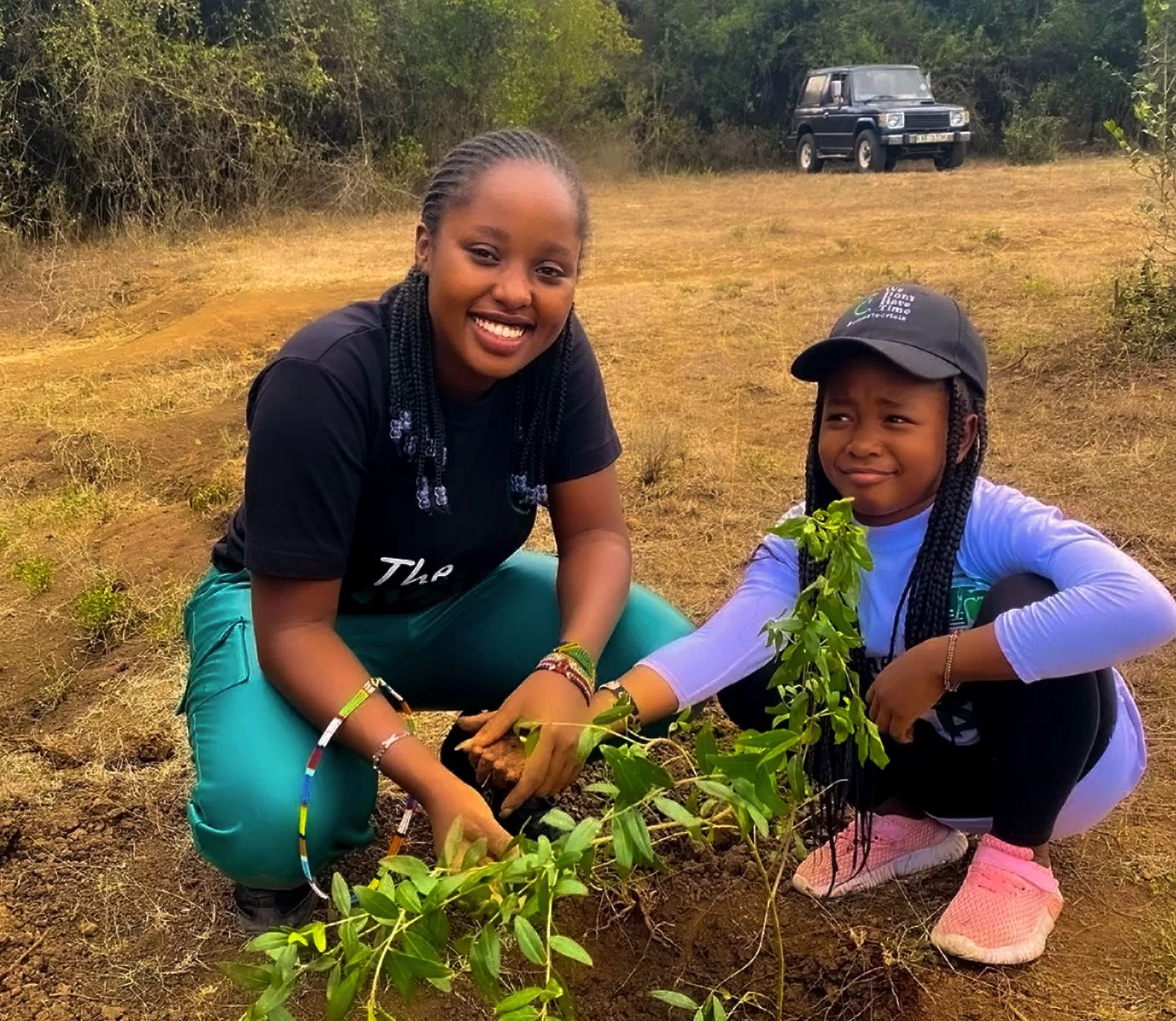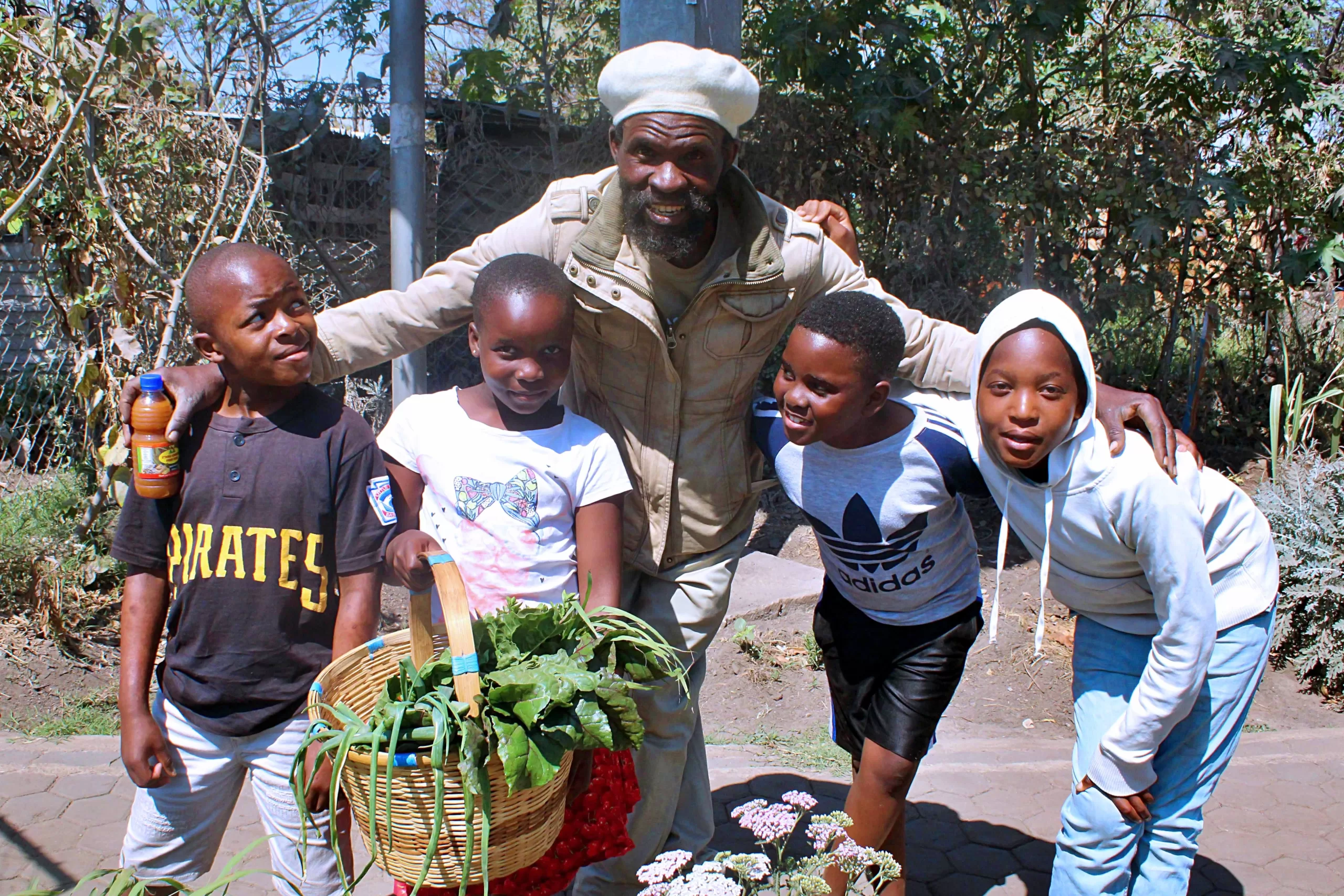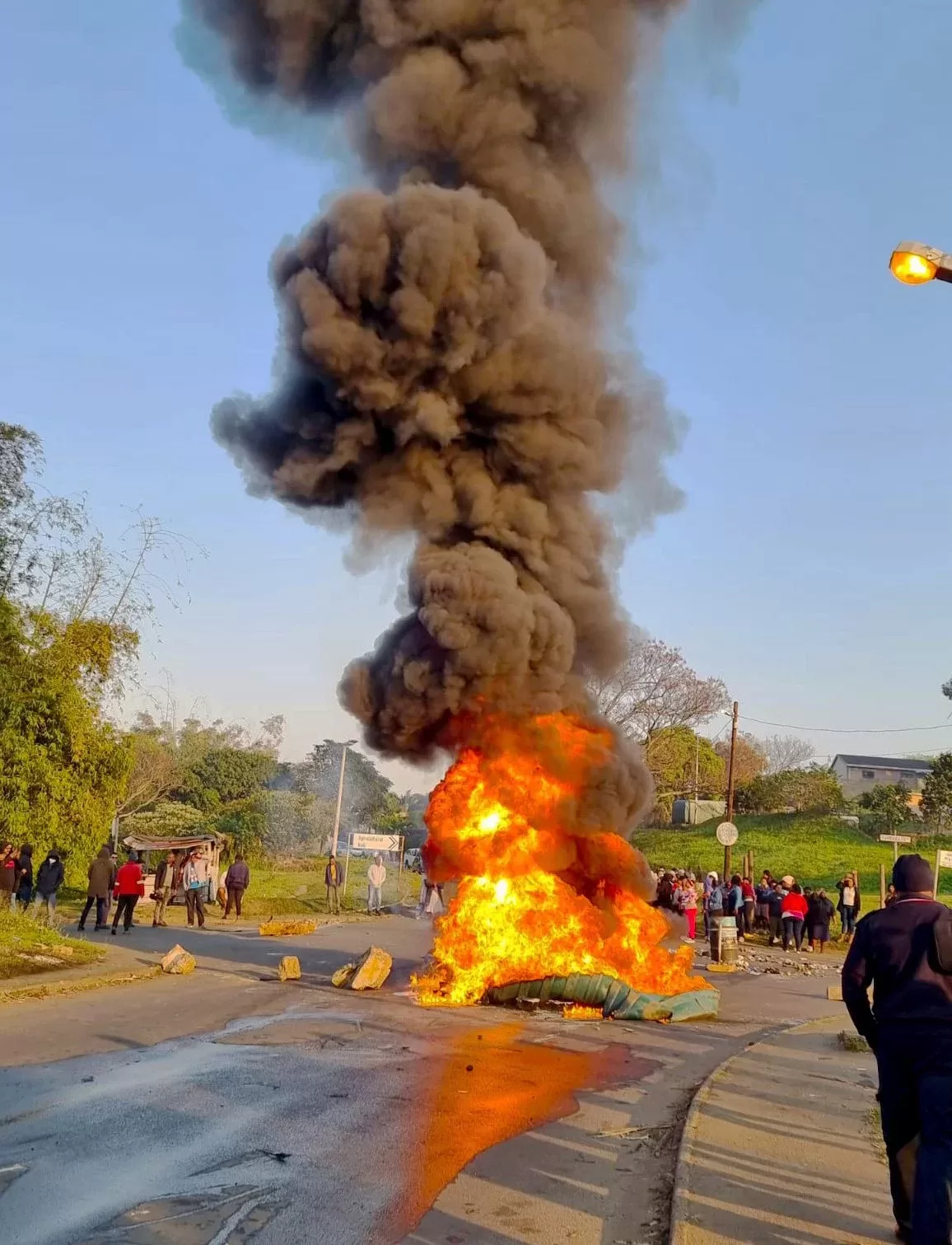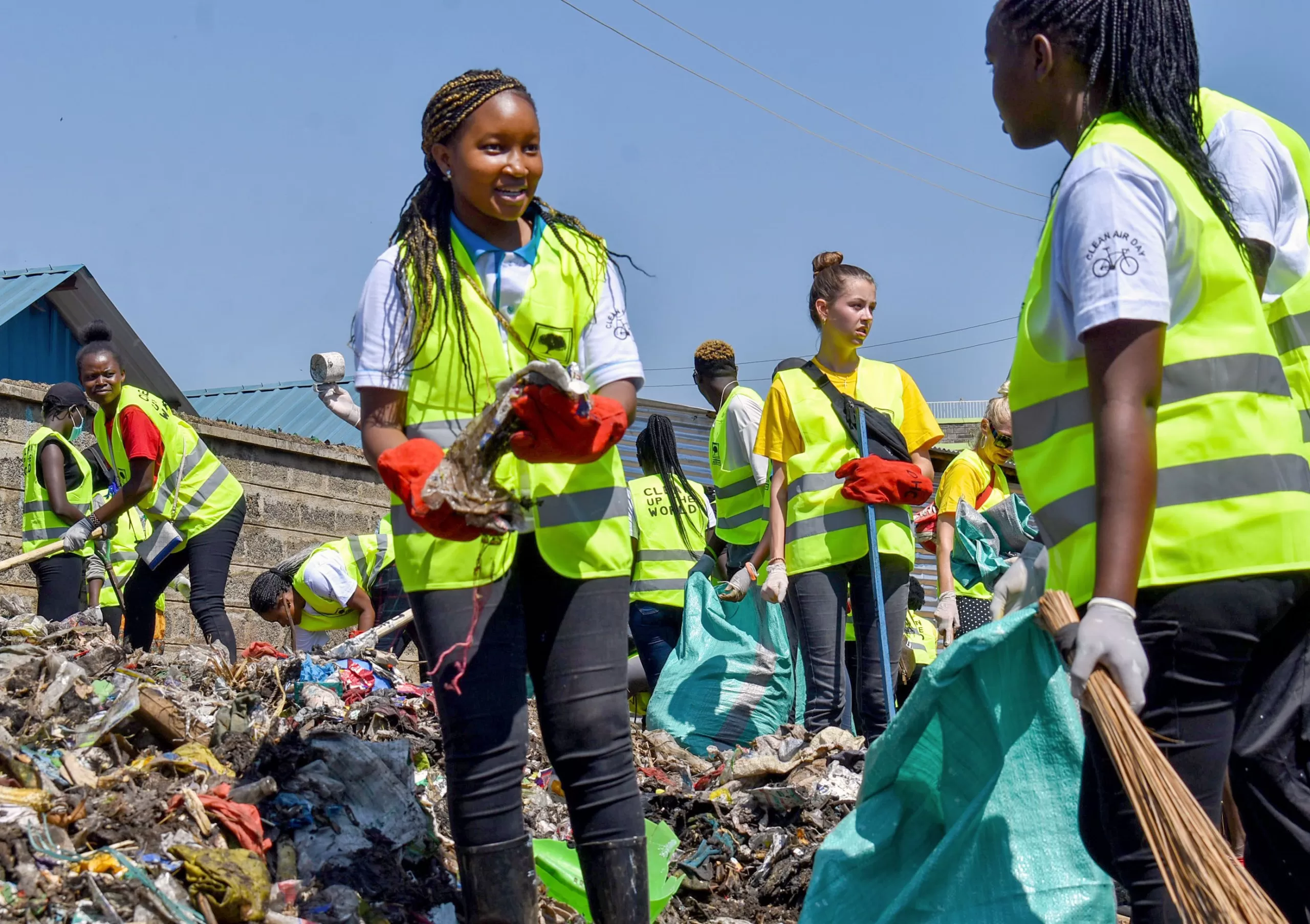
Young Kenyan on a mission to save Africa’s largest freshwater lake
By Conrad Onyango, bird story agency
Communities living on the shores of Lake Victoria are now becoming accustomed to scenes of youth and children adorned in branded t-shirts, lifting placards, chanting climate action messages, and conducting clean-ups every week.
‘People over profit,’ ‘Act Now,’ ‘Loss and damage finance now,’ and ‘Let Lake Victoria breath again,’ chant the young activists. These words, inscribed on campaign t-shirts and manila placards, are now buzzwords here.
The most consistent message, however, has been ‘Let Lake Victoria Breath Again,’ a campaign started about two years ago.
16-year-old Rahmina Paullete is inspiring community members – young and old – residing on the shores of Lake Victoria to stop pollution as she piles pressure on leaders to fix damage from climate change.
The 16-year-old climate activist and conservationist lead this campaign under Kisumu Environmental Champions, a non-profit organization she founded to save Africa’s largest freshwater lake, Lake Victoria. The freshwater lake is shared by three countries: Kenya, Uganda, and Tanzania.
Since childhood, Paullete has seen water levels in the lake rise and has also seen the rapid spread of water hyacinth, an oxygen-sucking and invasive plant species that blocks the smooth flow of water and fish from getting sufficient sunlight.
Raised in the lake city’s three estates – Nyalenda, Carwash, and Lolwe – Paulette has also witnessed an increase in pollution through uncontrolled disposal of used napkins, pads, and plastic waste into the water body. All of these negatively impact the lake’s ecosystem, fishing, and marine activities.
“The lake can become a better ecosystem like it used to be, blue or colourless…I would like to see more of these places in Kisumu especially within the Lake Victoria ecosystem become more restored and have plenty of fish,” she said.
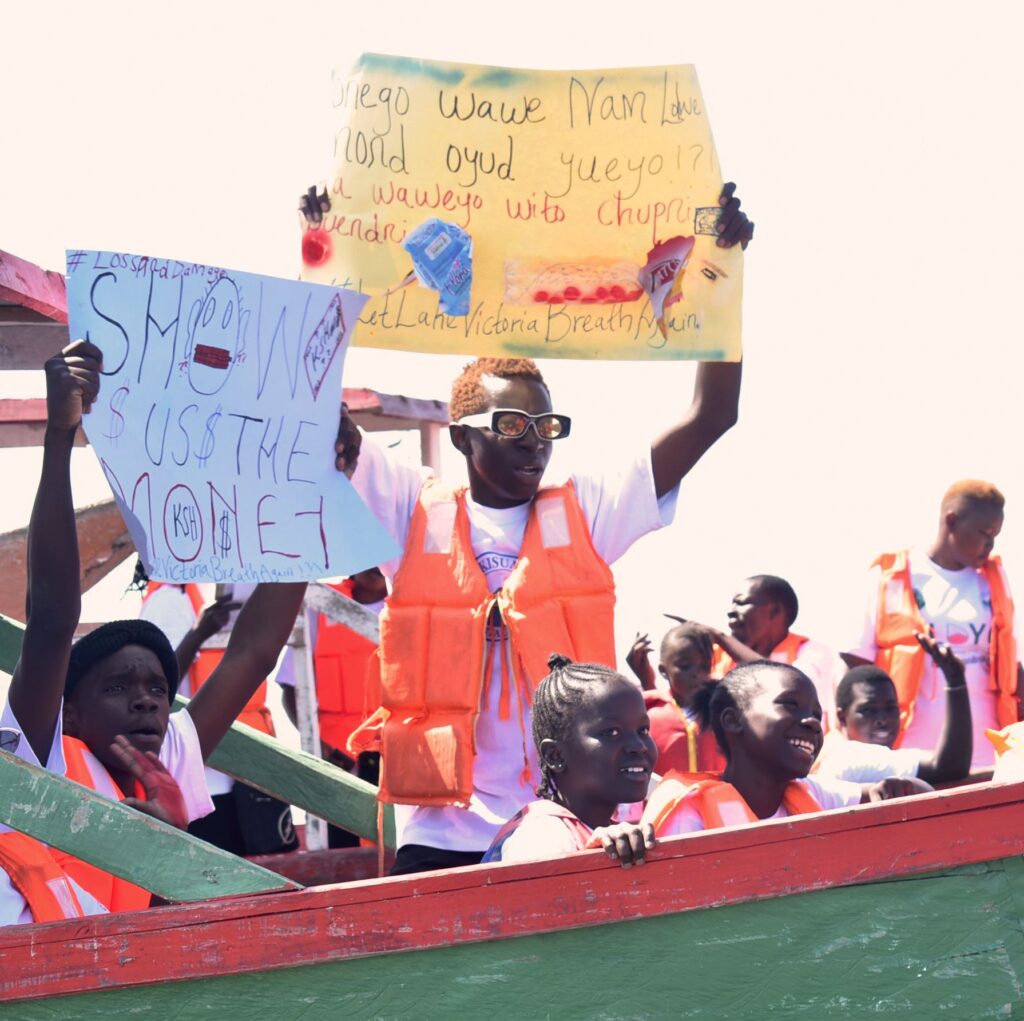
Kenya’s Economic Survey 2021 shows fish production in Lake Victoria rose from 88,223 metric tonnes in 2020 to 94,349 metric tonnes last year, attributed to optimal exploitation of fishery resources on stricter controls on fishing methods during breeding periods. But this still falls short of the up to 200,000 metric tonnes recorded two decades ago.
Paullet’s enrollment into a high school environmental club gave her much exposure to the impacts of climate change and significant knowledge on the extent of the lakes’ ecosystem damage that sparked her interest in climate activism.
Through the foundation, she started in early 2021 with other like-minded youth and now engages in scheduled weekly clean-ups, community sensitisation on proper waste management, and advocacy through social media and street activations.
More than 100 youths have been on-boarded, and children as young as four years and a few adults can be seen occasionally participating in clean-up activities and awareness creation forums- highlighting some of her early gains.
“Paullete is an inspiration to young children, encouraging them to be climate savvy, sensitizing them on environmental issues and also offers a challenge to older people and young adults on being mindful of what they place in their environments,” said Nicole Okwiri.
Okwiri is among locals who are beginning to change how they view the ecosystem, the importance of the lake and how they manage waste from their homes as they join in the push to clear the ‘filthy’ lungs of Lake Victoria.
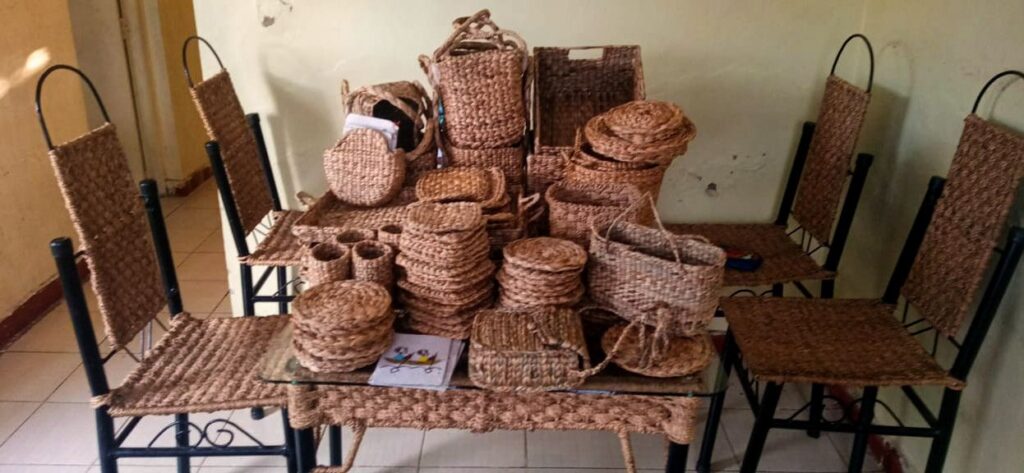
“ Without her (Paullete) I would not have known about these clean-ups. When I go back to my community or even my house, I have a sense of responsibility. I do not just throw away trash anywhere, said Sam Mambo, an area youth in one of the recent clean-ups. Another youth, Diana Odhiambo, echoes Mambo’s sentiments and affirms, “We are trying to emulate her and just follow her footsteps.”
All plastics collected are usually taken to the nearby recycling centre or reused at home to make decorations.
In July 2021, the government signed into law The Sustainable Waste Management Act 2021, boosting these efforts by spelling out household waste segregation and provisions for the closure of illegal dumpsites, among other provisions.
The activist also runs an eco-friendly business – Rahmina Paullete Eco products- that makes cards, bags, books, mats, chairs, table coasters, and hair bands from water hyacinth. But she says this is yet to pick up locally due to low awareness of how hyacinth products can reduce carbon footprint.
Paullete now aims to follow in the footsteps of renowned Swedish climate activist, Greta Thunberg. Thunberg, running a youth-led global movement, Fridays for Future, has so far built a support base of 14 million young people.
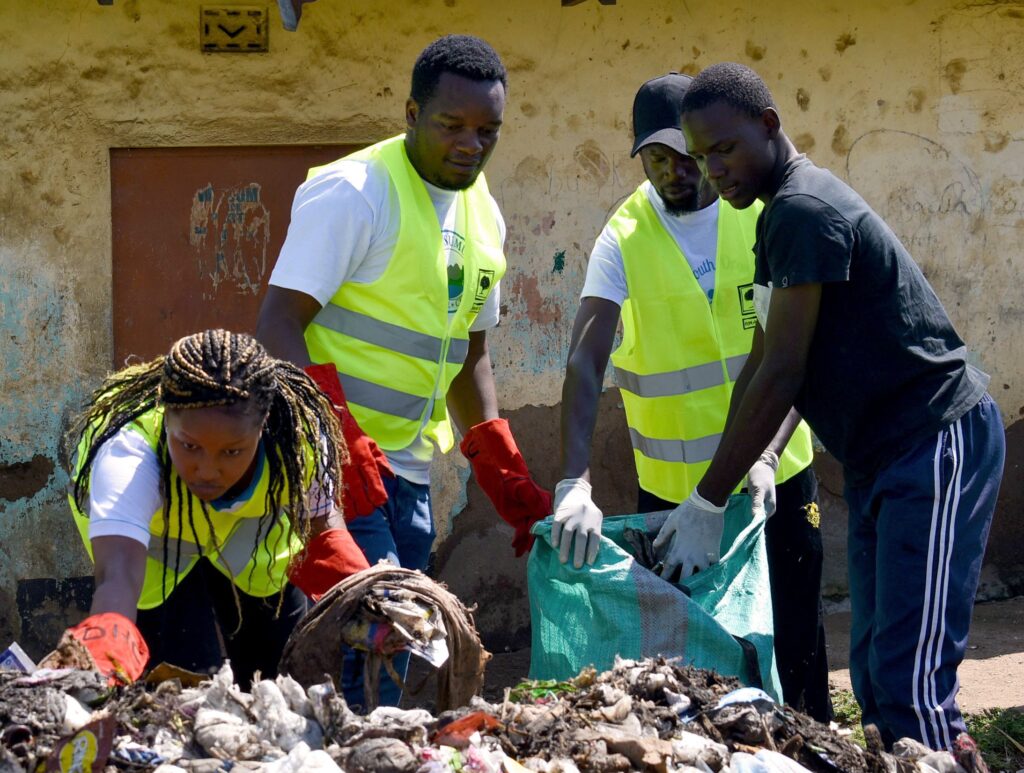
“I don’t have a role model yet but I would follow in the footsteps of Greta Thunberg. Because she is young and doing a lot, she inspires me,” she said.
The Friday s movement started in August 2018, when Thunberg, then 15 years old, successfully staged a three-week protest against the lack of action on the climate crisis in front of the Swedish parliament. The protest went viral on Twitter and Instagram.
Paulette met Thunberg last year when she made her debut at COP26 during a session with other young climate activists from the global south,
Africa’s youth – the United Nations projects that 42 per cent of global youth will be found in the continent by 2030 – offers a major block of support to those standing up to fight climate change.
“The voice of youth is increasingly being present at the climate table because many youths are coming up and saying we need to do so much together. However, when it reaches these conferences and summits the voices get depleted, especially the vulnerable and those from indigenous communities” she said.
This time around, at COP27, it will be different, according to Paulette. But first, Africa’s young climate activists will need to generate more support and visibility to sustain their projects and initiatives.
bird story agency
